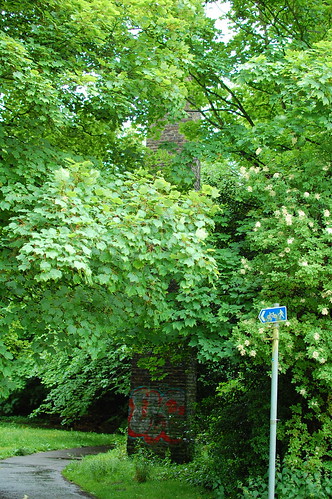Apologies in advance for questions already discussed on other threads/in common knowledge:
1. Anyone know why the water of leith path is closed between Bonnington Bridge and Anderson Place?
2. what's the story with the chimney-like structure on the bendy bit near South Fort/west bowling green?
3. opposite B&Q / warriston the new path makes it much easier to see over the wall into the WoL, which is quite shallow at the moment. it looks like there are stones laid on the bottom of the river; was it once a ford?
4. what's with the gate-like contraptions along Warriston rd? presume that's part of the new flood-controls? no signage or anything to warn people of road closures.
5. in the st mark's park/powderhall area, there's a lot of vegetation (nettles etc over the path). There's also something that looks like giant hogweed there by the path and along the river. is it the giant hogweed? or just 'regular'? asking because I heard a disturbing segment on farming today recently about a fisherman who suffered 'life-changing injuries' after getting entangled in giant hogweed. apparently the sap reacts with sunlight and burned him badly enough for him to end up in hospital.

 not resolved
not resolved

 posts
posts
